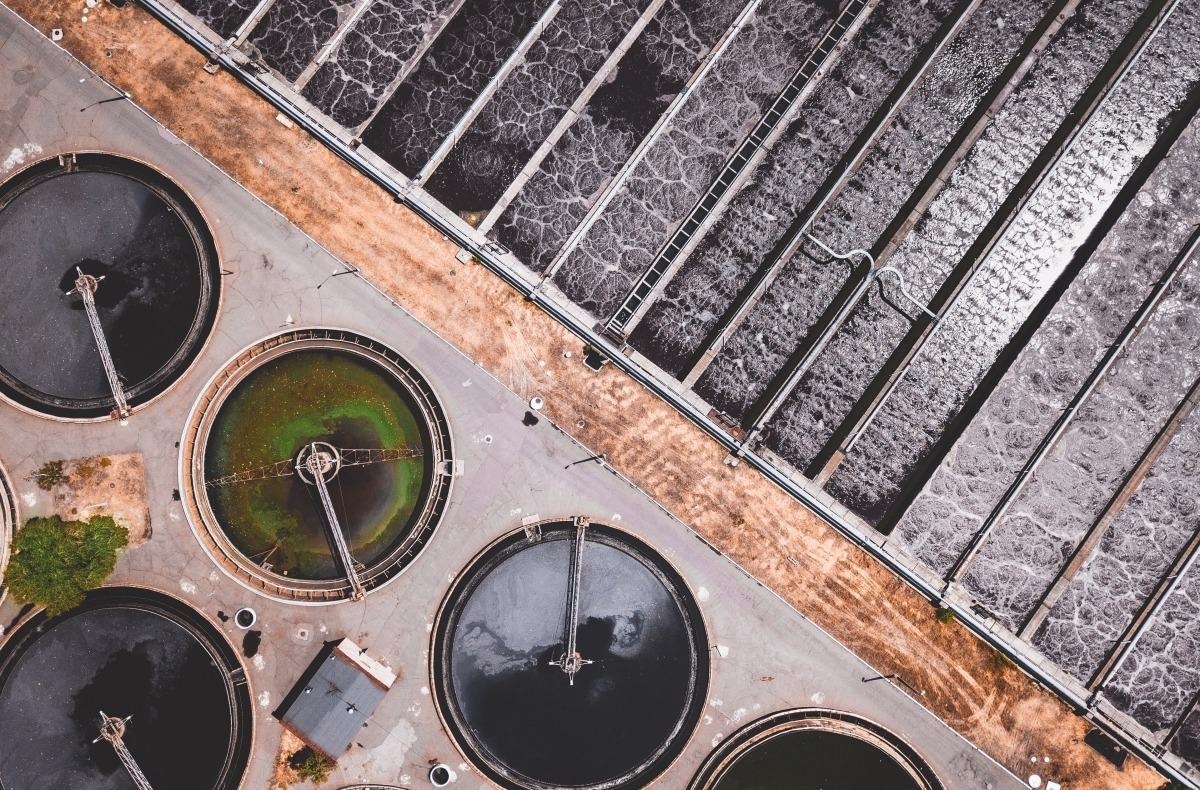Stanford researchers turn wastewater into a valuable resource in an innovative treatment process
Published on by Water Network Research, Official research team of The Water Network in Technology
Treating waste water is key for both reducing environmental pollution and supplying communities with safe drinking water. However, current processes for treating waste water efficiently produce sulfides, a group of harmful chemicals that are dangerous to people and ecosystems.
A new Stanford study develops a process for converting sulfides into valuable chemicals that can be used in manufacturing process and as fertilizer in agriculture. This helps to build a more sustainable, circular economy and avoid resource depletion.
Engineers Demonstrate a New Method for Reducing Sulfur Pollution
One individual's wastewater could be another's gold. A new Stanford University study paves the way to mining sewage for valuable elements that find use in fertilizers and batteries that could support smartphones and planes in the future.

Image Credit: Ivan Bandura / Unsplash.
The research demonstrates how to improve electrical processes for transforming sulfur pollution, and could lead to more inexpensive, renewable energy-powered wastewater treatment that produces drinking water. The study was recently published in the journal ACS ES&T Engineering .
We are always looking for ways to close the loop on chemical manufacturing processes. Sulfur is a key elemental cycle with room for improvements in efficiently converting sulfur pollutants into products like fertilizer and battery components .
Will Tarpeh, Study Senior Author and Assistant Professor, Chemical Engineering, Stanford University
A Better Solution
As freshwater supplies become scarce, particularly in arid areas, the focus has shifted to creating wastewater-to-drinkable-water technology. Membrane systems that filter wastewater in anaerobic or oxygen-free settings are particularly promising since they utilize very little energy.
However, these reactions produce sulfide, a poisonous, caustic and odorous chemical. Chemical oxidation or the use of particular chemicals to transform sulfur into separable particles, for example, can generate byproducts and induce chemical processes that damage pipes and make it more difficult to disinfect the water.
Converting sulfide to compounds utilized in fertilizer and cathode material for lithium-sulfur batteries is a tantalizing approach for dealing with anaerobic filtration’s sulfide output, but the methods for doing so are currently unknown. As a result, Tarpeh and his colleagues set out to develop a cost-effective method that produced no chemical waste.
The researchers concentrated on electrochemical sulfur oxidation, which takes little energy and allows for the fine-tuning of the final sulfur compounds (while some products, such as elemental sulfur, can deposit on electrodes and delay chemical reactions, others, such as sulfate, can be recovered and reused).
The procedure may be powered by renewable energy and customized to treat wastewater collected from individual buildings or entire cities if it proved to be effective.
The researchers assessed the speeds of each phase of electrochemical sulfur oxidation, as well as the types and amounts of products generated, using scanning electrochemical microscopy, a method that allows for microscopic pictures of electrode surfaces while reactors are running.
They discovered the key chemical hurdles to sulfur recovery, such as electrode fouling and the most difficult intermediates to convert. They discovered that changing operating factors like reactor voltage could help with low-energy sulfur recovery from wastewater, among other things.
Energy efficiency, sulfide removal, sulfate production and time were all clarified as a result of these and other discoveries. The researchers used them to develop a paradigm for future electrochemical sulfide oxidation procedures that balance energy input, pollution removal and resource recovery.
Attached link
https://www.youtube.com/embed/pFEOR9E01iATaxonomy
- Electrocoagulation
- Electrodeionization
- Electrolosis
- Sulfates
- Electrochemical Activation
- Electrolysis